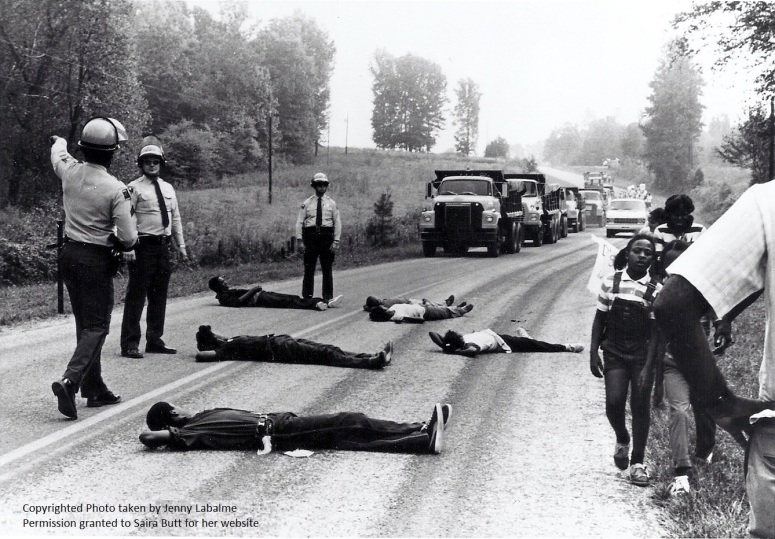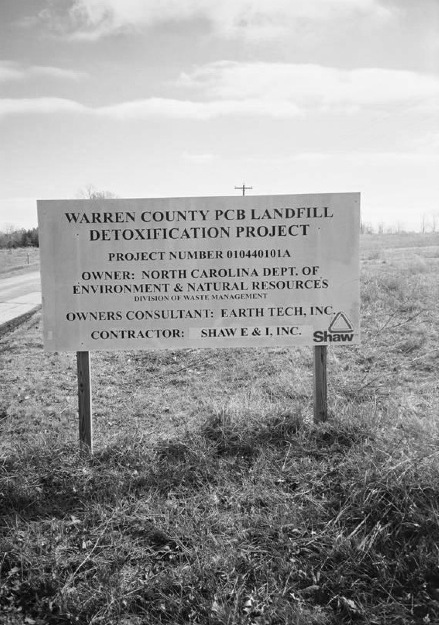
The year was 1973. The Ward Transformers Company illegally dumps approximately 31,000 gallons of polychlorinated biphenyl (PCB) on the side of roads in 14 North Carolina counties. The state government makes the fateful decision that the pollutants collected from these dump sites should be relocated to a hazardous waste facility in Warren County, North Carolina.
What ensued next can only be described as the beginning of the environmental justice movement.
State officials had picked Warren County for a reason. In North Carolina’s 100 counties, Warren County is 97th in GDP, and 75% of Stocco’s residents were African-American at the time. Stocco didn’t even have a mayor or city council when the landfill proposal was approved by the legislature. Their decision to locate the landfill in the small town of Stocco was driven by the logic that the community was too poor and too underprivileged to fight the harmful environmental and health impacts of the landfill.
PCB, a waste product generated by transformers, was banned throughout the 1970’s and 1980’s in the United States and globally due to its harmful effects on the environment. Its presence causes Hydrocloric acid (HCl) to emit into nearby water or air, poisoning water supplies and causing serious health consequences for those affected.

Against all odds, the community mobilized quickly, relying on the leadership of church leaders such as Reverends Luther Brown and Leon White and civil rights leaders like Ken Feruccio and Kevin Burwell. Over the next decade the dump site would become a lightning rod for issues pertaining to property rights, environmental rights, and civil rights in one of the most tense times in U.S. history.
After three lawsuits, multiple hearings, and protests that attracted national attention, a conclusion was finally reached in 1982 when Governor Jim Hunt agreed that the landfill would not expand outside of its current reach. In 2003, the state government began actively destroying the PCB in the landfills.
To the protestors and community organizers a tremendous debt is owed by those that could have been poisoned or otherwise negatively affected by the PCB dump in Warren County. The strive for justice and environmental rights pursued by Stocco residents continues to empower and inspire those facing issues similar issues today.
Sources:
http://www.greenfacts.org/en/pcbs/l-2/1-polychlorinated-biphenyls.htm
https://sites.duke.edu/docst110s_01_s2011_sb211/what-is-environmental-justice/history/

Great blog post. When you say that this was the beginning of the environmental justice movement, do you mean that this was the first occurrence of environmental discrimination or that it was the first time individuals rose to counter it?
LikeLike
This is considered by many scholars in Environmental Studies circles (at least at Duke) to be the first instance of civil rights organization and resistance to environmental racism. Earlier instances were typically not targeted enough, or were not considered as a part of the environmental movement brought on by Rachel Carson’s Silent Spring. Thanks for commenting!
LikeLike